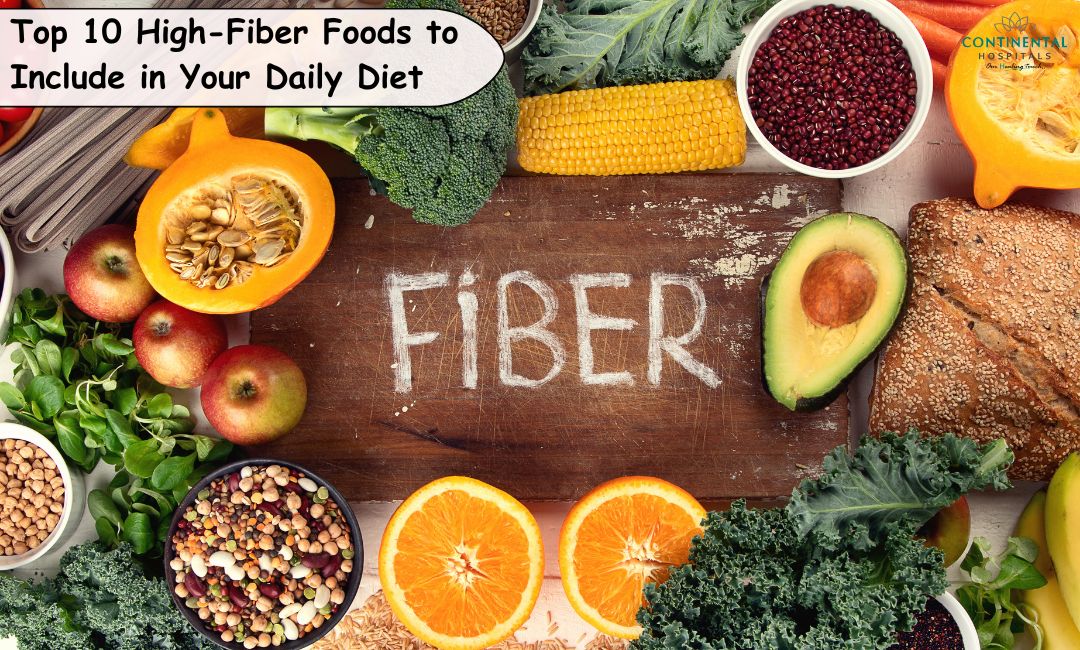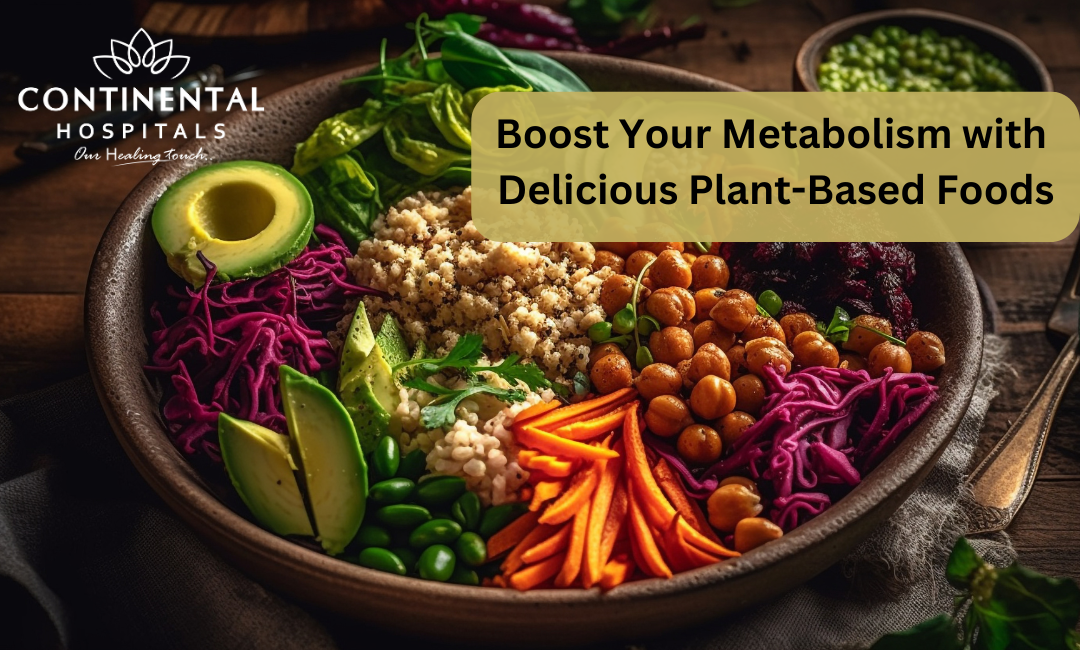Fiber is a type of carbohydrate that our bodies can't digest. It comes in two main forms: soluble and insoluble. Soluble fiber dissolves in water and forms a gel-like substance in your gut. This gel slows down digestion, keeping you feeling fuller for longer and helping to regulate blood sugar levels. Insoluble fiber, on the other hand, doesn't dissolve in water and adds bulk to your stool, promoting regularity and preventing constipation.
Benefits of a High-Fiber Diet
Improved Digestive Health: Fiber adds bulk to stool, aiding regular bowel movements and preventing constipation. It can also help prevent diverticulosis, a condition where small pouches form in the colon wall due to constipation.
Weight Management: High-fiber foods tend to be more filling, which can help in controlling appetite and reducing overall calorie intake. Additionally, they often have fewer calories for the same volume of food.
Lowered Risk of Heart Disease: Soluble fiber, found in foods like oats, beans, and fruits, can help lower LDL (bad) cholesterol levels, thereby reducing the risk of heart disease and stroke.
Better Blood Sugar Control: Fiber can slow the absorption of sugar, helping to regulate blood sugar levels. This is particularly beneficial for individuals with diabetes or those at risk of developing it.
Reduced Risk of Certain Cancers: A high-fiber diet, especially from whole grains, fruits, and vegetables, has been associated with a decreased risk of colorectal cancer. Fiber helps move waste and potential carcinogens through the digestive system more efficiently.
Improved Gut Health: Certain types of fiber, known as prebiotics, serve as food for beneficial gut bacteria. These bacteria play a crucial role in maintaining gut health and supporting the immune system.
Supports Healthy Weight Loss: Fiber-rich foods often require more chewing, slowing down eating and promoting a feeling of fullness, which can aid in weight management efforts.
Enhanced Nutrient Absorption: While not directly providing nutrients themselves, fiber-rich foods can help with the absorption of other essential nutrients present in the gut.
Regulated Blood Pressure: Some studies suggest that diets rich in fiber, particularly potassium-rich fruits and vegetables, may help lower blood pressure, thus reducing the risk of cardiovascular issues.
Top 10 High-Fiber Foods to Fill Your Plate With
Beans and Legumes: Kidney beans, black beans, lentils, chickpeas, and split peas are excellent sources of fiber. They're versatile and can be added to soups, salads, or main dishes.
Whole Grains: Foods like oats, quinoa, barley, bulgur, brown rice, and whole wheat products (bread, pasta) are rich in fiber. Opt for whole grains over refined grains for higher fiber content.
Berries: Raspberries, blackberries, strawberries, and blueberries are loaded with fiber and antioxidants. They make great additions to yogurt, oatmeal, or smoothies.
Vegetables: Broccoli, Brussels sprouts, artichokes, spinach, kale, carrots, and sweet potatoes are among the vegetables high in fiber. Including a variety of veggies in your meals ensures a good intake of fiber.
Nuts and Seeds: Almonds, chia seeds, flaxseeds, and pumpkin seeds are good sources of fiber. They can be added to cereals, salads, or consumed as snacks.
Fruits: Avocados, pears, apples (with skin), oranges, and bananas contain notable amounts of fiber. Consume whole fruits instead of fruit juices to benefit from their fiber content.
Popcorn: When air-popped and consumed without excess butter or oil, popcorn can be a healthy, high-fiber snack.
Dark Chocolate: Surprisingly, dark chocolate with a high cocoa content can provide a decent amount of fiber. Opt for varieties with at least 70-85% cocoa for maximum benefits.
Chia Seeds: These tiny seeds are packed with fiber and can be easily incorporated into smoothies, and yogurt, or used as a topping for salads or cereals.
Brussels Sprouts: These cruciferous vegetables are not only rich in fiber but also contain other essential nutrients. Roasting or steaming them can be a delicious addition to your meals.
While these are just ten super-star fiber foods, countless others are waiting to be discovered. From apples and pears to artichokes and asparagus, the plant-based world is your delicious and gut-friendly playground. Start incorporating these fiber-rich foods into your meals and snacks, and watch your gut health, energy levels, and overall well-being soar!
Related Blog Articles:
1. Immune-Boosting Foods You Should include in your Diet
2. Protein for Weight Loss: Food or Shakes for Effective Results
3. Balancing Macros: Protein, Carbs, and Fats in Your Diet
.webp)






